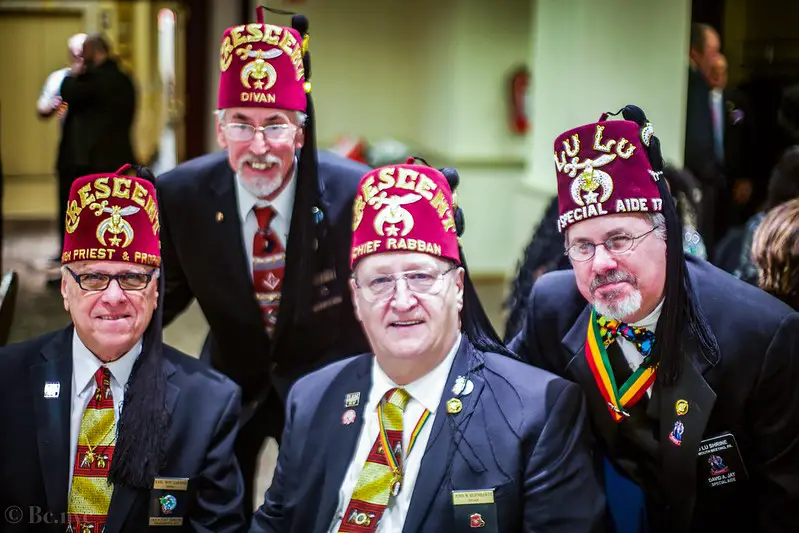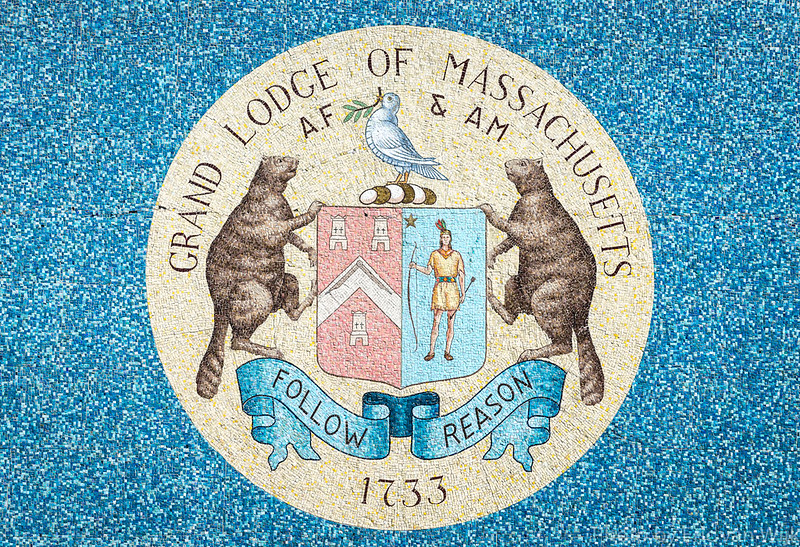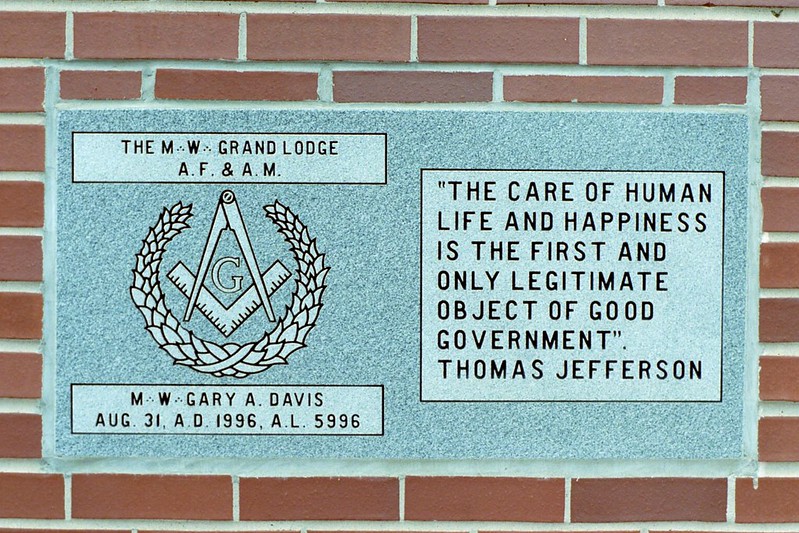The Free Masons are a fraternal organization that dates back to the 17th century. It is shrouded in mystery and symbolism, with many rumors and myths surrounding the group. One of the most iconic symbols associated with this group is the Free Mason hat.

The Fascinating Symbolism of the Free Mason Hat
The Free Masons are a fraternal organization that has been around since the 17th century. One of the most recognizable symbols of the group is their distinctive hat, known as the fez. The hat is rich in symbolism and meaning, with various interpretations of its significance.
The Free Mason hat is also said to represent knowledge and wisdom, as well as the fraternity and brotherhood that the organization embodies. Members wear the hat as a sign of their commitment to the values and principles of the Free Masons.
The Meaning Behind the Colors of the Free Mason Hat
The Free Mason hat is traditionally a crimson color with a black tassel on top. The crimson color is said to represent the blood of Free Masons who died defending their beliefs, while the black tassel symbolizes mourning for those who have passed away. Additionally, some interpretations suggest that the color red also represents passion and energy, while black represents power and authority.
According to some theories, the color red represents the blood of Free Masons who died defending their beliefs, while the black tassel symbolizes mourning for those who have passed away. Others believe that the fez is modeled after the hats worn by Muslim leaders during the Ottoman Empire, as the Free Masons were heavily influenced by Islamic culture.

The Historical Origins of the Free Mason Hat
The origins of the Free Mason hat are steeped in history and are somewhat shrouded in mystery. It is thought that the hat was inspired by Islamic culture, particularly the fez hat worn by Muslim leaders during the Ottoman Empire. The Free Masons were heavily influenced by Islamic architecture and symbolism, and some theories suggest that the fez was adopted as a way to honor the Islamic roots of the organization.
The exact origin of the Free Mason hat is unclear, but it is believed to have become a part of Free Masonry during the late 1700s. The fez hat was popularized by the Shriners, a fraternal organization that grew out of Free Masonry in the 1800s. The Shriners adopted the fez as a way to honor their Arabic roots and to signify their commitment to the principles of Free Masonry.
The Free Mason hat has gone through several transformations over the years, with different styles and colors being used at different times. In the early days of the organization, members would wear a hat with a wide brim and a high crown. The hat was typically made of beaver fur and was adorned with a band of black ribbon.
In the late 1800s, the fez hat became the standard headwear for Free Masons. The crimson color and black tassel were adopted as the official colors of the hat, and it became a symbol of the fraternity and brotherhood that the organization represents.
Today, the Free Mason hat is still worn by members during formal events, and it remains a symbol of the organization’s commitment to knowledge, wisdom, and brotherhood. While the hat has evolved over time, its roots in Islamic culture and its significance to Free Masonry remain an important part of its history and legacy.

Significance in Modern Times
While the Free Masons have a long and storied history, the organization still exists today and continues to have a significant impact on society. The fez hat is still worn by members during formal events and is a symbol of the fraternity and brotherhood that the organization embodies. However, the organization is not a secret society, and its goals and ideals are open to the public.
Despite the intrigue and mystique surrounding the Free Mason hat, it is important to note that the organization itself is not a secret society. While some of their ceremonies and rituals are private, the group is not secretive about its existence or its goals. In fact, the Free Masons have played an active role in shaping history, with many prominent figures throughout history being members of the organization.
The Legacy of the Free Mason Hat
The Free Masons have a long and rich history, and the fez hat serves as a symbol of the organization’s legacy and the values that it represents. Over the years, the Free Masons have been involved in a wide range of activities, including charity work, community service, and education. The organization has played a significant role in shaping history, with many prominent figures throughout history being members of the organization.
One of the most notable figures associated with the Free Masons is George Washington, the first President of the United States. Washington was a devoted member of the organization and was instrumental in shaping the United States into the country that it is today. He was known for his dedication to the principles of the Free Masons, including brotherhood, charity, and moral uprightness.
Another notable figure associated with the Free Masons is Benjamin Franklin, one of the Founding Fathers of the United States. Franklin was also a devoted member of the organization and was known for his commitment to knowledge and education. He played a key role in shaping American history and was a strong advocate for freedom and democracy.
The legacy of the Free Masons continues to this day, with the organization still playing an active role in society. The fez hat serves as a symbol of the fraternity and brotherhood that the organization embodies, as well as the commitment that its members have to the principles of knowledge, wisdom, and charity. While the organization has faced criticism and controversy over the years, its impact on history and society cannot be denied. The Free Mason hat is a reminder of the organization’s rich legacy and its continued commitment to making a positive impact on the world.
A Symbol of Fraternity
In conclusion, the Free Mason hat is a symbol of the fraternity and brotherhood that the organization embodies. While its symbolism is complex and multifaceted, it is ultimately a sign of the commitment that Free Masons have to their values and principles.
While the organization has been the subject of many rumors and myths, it is important to understand that it is not a secret society and that its goals and ideals are open to the public.
